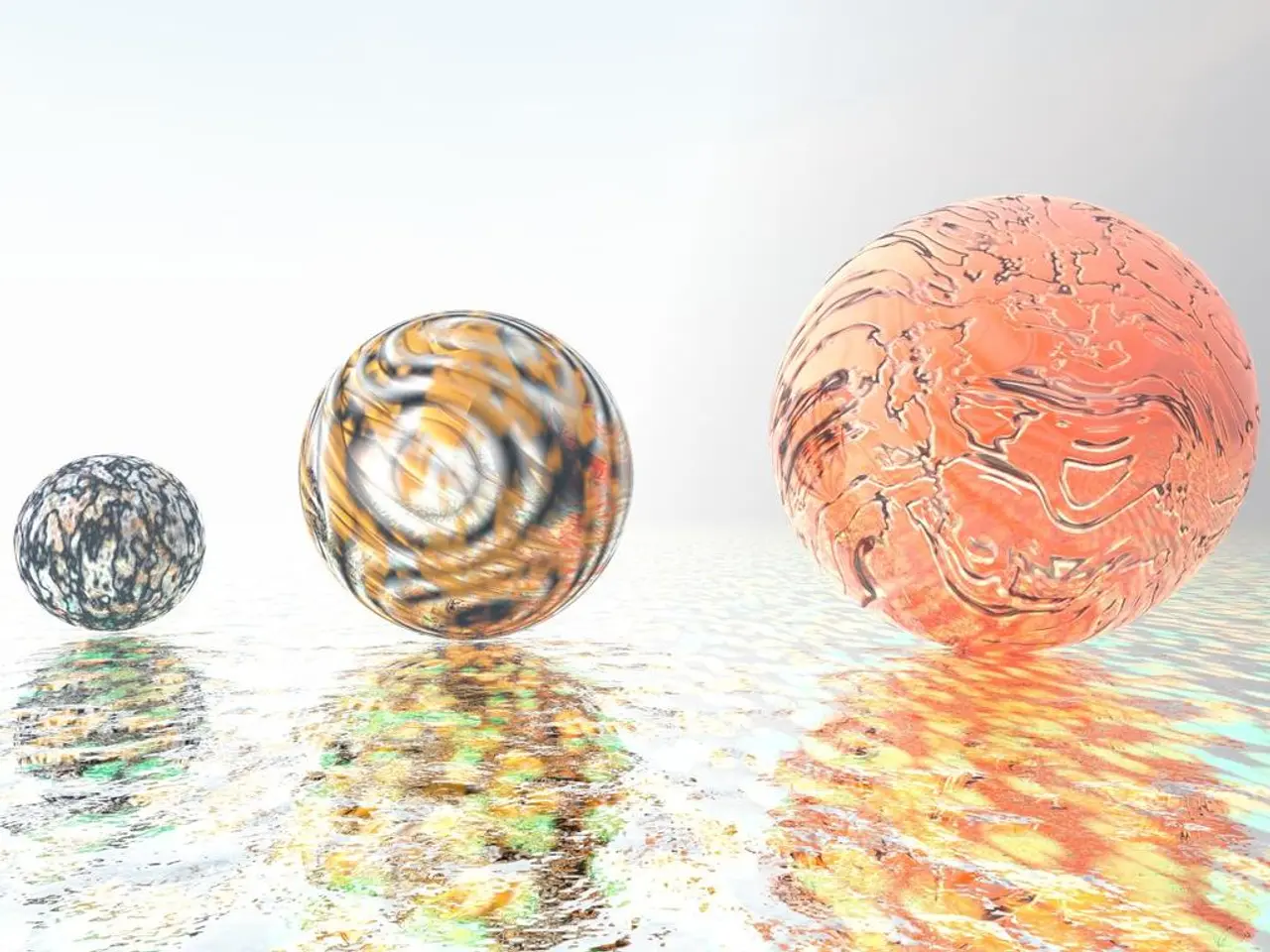Reduced Scrotal Dimensions: Underlying Reasons and Potential Implications
Small testicles can be a cause for concern, and it's essential to understand the potential underlying reasons and available treatment options. This article explores the common causes of small testicles, their impact on sexual and reproductive health, and potential treatment methods.
One of the primary reasons for small testicles is hypogonadism, a condition characterised by impaired testosterone production and/or spermatogenesis. Causes range from genetic anomalies like Klinefelter syndrome and Kallmann syndrome to acquired conditions such as testicular damage from trauma, infection, or varicocele. Cryptorchidism, or undescended testicles, is another common cause, particularly in premature or low birthweight babies.
Varicocele, an enlarged swelling of veins in the scrotum, can cause small testicles in some cases. This condition, often treatable through surgery, may impair testicular size and function. Cancer can also be a risk factor for testicular atrophy after testicular torsion.
For men with concerns about the size of their testicles and accompanying symptoms, it's crucial to seek medical advice. These symptoms may include pain, shrinking, or swelling in one or both testicles, a partner not becoming pregnant after a year or more of trying, a lump appearing in the scrotum, unusual breast growth, symptoms of low testosterone, or other accompanying symptoms.
Treatment options vary depending on the underlying cause and the individual's fertility goals. Testosterone Replacement Therapy (TRT) can alleviate symptoms like low libido and improve muscle mass and mood for men with confirmed low testosterone, but it suppresses spermatogenesis, making it unsuitable for those seeking to maintain fertility.
For men desiring fertility, alternative hormonal therapies like clomiphene citrate or gonadotropin injections stimulate the body's natural testosterone and sperm production without suppressing fertility. Surgical treatment, such as orchiopexy for undescended testicles, may also be necessary.
Addressing contributing factors, such as controlling diabetes, treating infections promptly, or discontinuing causative medications, can help prevent further testicular damage. Early diagnosis of serious issues, such as testicular cancer, can significantly improve treatment outcomes.
It's important to note that having small testicles does not necessarily indicate a health issue. On average, testicular volume is about 20 cubic centimeters (cm3), and most infertile men have normal-sized testicles. However, any unusual symptoms or concerns should be discussed with a healthcare provider.
In conclusion, small testicles can be a sign of various underlying conditions, many of which are treatable. By understanding the potential causes and seeking medical advice when necessary, men can maintain optimal sexual and reproductive health.
- Hypogonadism, characterized by impaired testosterone production and spermatogenesis, is one of the primary reasons for small testicles.
- Genetic anomalies like Klinefelter syndrome and Kallmann syndrome can lead to hypogonadism.
- Acquired conditions such as testicular damage from trauma, infection, or varicocele can also cause hypogonadism.
- Cryptorchidism, or undescended testicles, is another common cause, particularly in premature or low birthweight babies.
- Varicocele, an enlarged swelling of veins in the scrotum, can cause small testicles and may impair testicular size and function.
- Cancer can be a risk factor for testicular atrophy after testicular torsion.
- Men with concerns about the size of their testicles and accompanying symptoms should seek medical advice.
- Symptoms may include pain, shrinking, or swelling in one or both testicles, a partner not becoming pregnant after a year or more of trying, a lump appearing in the scrotum, unusual breast growth, symptoms of low testosterone, or other accompanying symptoms.
- Treatment options vary depending on the underlying cause and the individual's fertility goals.
- Testosterone Replacement Therapy (TRT) can alleviate symptoms like low libido and improve muscle mass and mood for men with confirmed low testosterone, but it suppresses spermatogenesis, making it unsuitable for those seeking to maintain fertility.
- For men desiring fertility, alternative hormonal therapies like clomiphene citrate or gonadotropin injections stimulate the body's natural testosterone and sperm production without suppressing fertility.
- Surgical treatment, such as orchiopexy for undescended testicles, may also be necessary.
- Addressing contributing factors, such as controlling diabetes, treating infections promptly, or discontinuing causative medications, can help prevent further testicular damage.
- Early diagnosis of serious issues, such as testicular cancer, can significantly improve treatment outcomes.
- Having small testicles does not necessarily indicate a health issue, as most infertile men have normal-sized testicles.
- However, any unusual symptoms or concerns should be discussed with a healthcare provider.
- In the realm of science, ongoing research aims to predict and manage chronic diseases, including those affecting the male reproductive system.
- Workplace-wellness programs, focusing on health-and-wellness, fitness-and-exercise, mental-health, mens-health, skin-care, cardiovascular-health, health-prep (like CBD for pain management), and sexual-health, can help maintain optimal reproductive health in the modern workplace, making it a vital part of therapy and treatments for various medical conditions.








